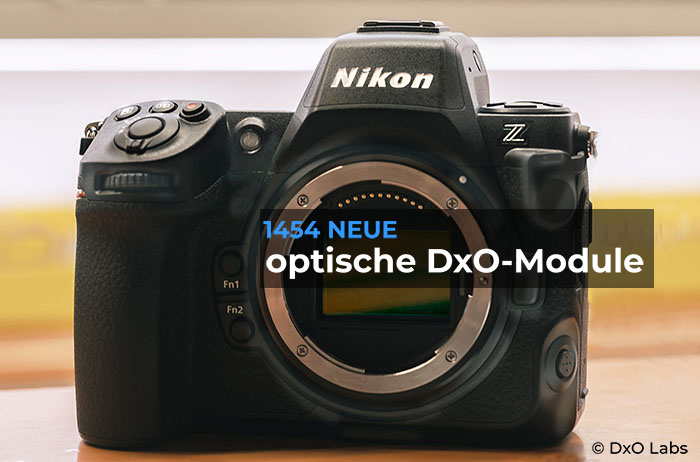What would be useful is if Nikon has a RAW file version number and RAW processors could use that version number (say x.y.z kind of version). If X is different, then the whole raw file is different and a RAW processor should not attempt to do anything with a value of X that it wasn't already tested with (like a new, incompatible mechanism for color). If Y is different, then define some set of parameters that might be different (perhaps how distortion, vignetting, lens metadata works) that could allow a RAW processor still render the image, but not optimally. If z is different, then this is just a tweak of some kind that shouldn't affect rendering in any major way.
I can't imagine that the .NEF file did not contain that information as the Camera Model and Firmware Version numbers for body, lens, and accessories.
Distortion control for example would need the lens identity and firmware version for the lens. Knowing that an FTZ was in place would help with identifying the communications protocols and handling the differing control requirements of Non-Z lenses, etc.
I'm pretty sure that the Nikon System and Software engineers have thought this stuff through pretty thoroughly before committing to a production firmware build.
Or, as a hardware engineer once asked me "You guys can fix this in software, right?"
Got me curious, so I grabbed one of my Z 6 NEFs and ran it through exiftool, grepping for any tag with "version" in the name:
[ExifTool] ExifToolVersion: 12.51
[EXIF] GPSVersionID: 2.3.0.0
[MakerNotes] MakerNoteVersion: 2.11
[MakerNotes] VRInfoVersion: 0200
[MakerNotes] PictureControlVersion: 0300
[MakerNotes] ShotInfoVersion: 0800
[MakerNotes] FirmwareVersion: 01.01.e0
[MakerNotes] FirmwareVersion2: 01.01.00
[MakerNotes] FirmwareVersion3: 01.01.00
[MakerNotes] ColorBalanceVersion: 0800
[MakerNotes] LensDataVersion: 0800
[MakerNotes] FlashInfoVersion: 0108
[MakerNotes] MultiExposureVersion: 0101
[MakerNotes] AFInfo2Version: 0300
[MakerNotes] FileInfoVersion: 0100
[MakerNotes] RetouchInfoVersion: 0200
Having specifically poked around the Z-series lens corrections, I think the LensDataVersion is about what fields are available. The actual lens correction parameters for distortion and vignetting appear to be in the metadata, so easy-peasy, just use 'em, no worry about the particular lens version number. Not really, need to figure out what of a variety of distortion algorithms are used, etc. NDAs are handy in that regard...
Software that use the lensfun lens correction library are quite dependent on the camera and lens model to determine what parameters from their extensive database to apply. THAT can be a mess, as presence of such data for the lens in the image metadata is spotty.

